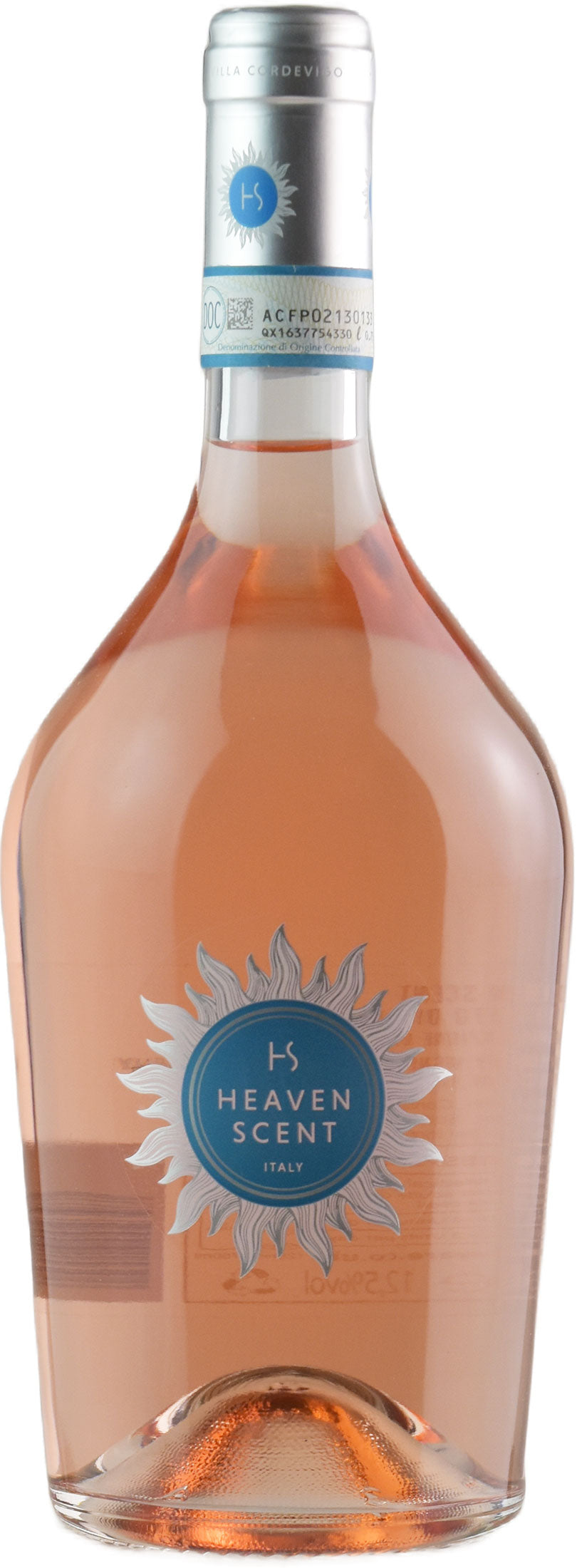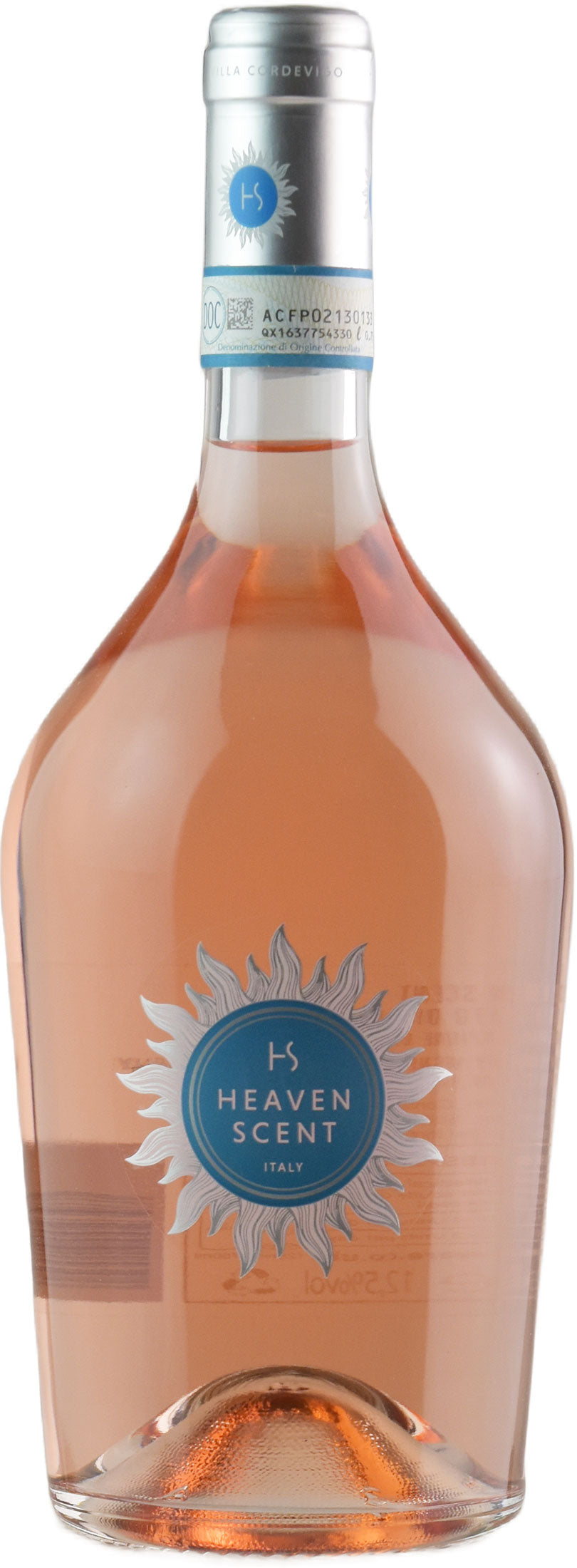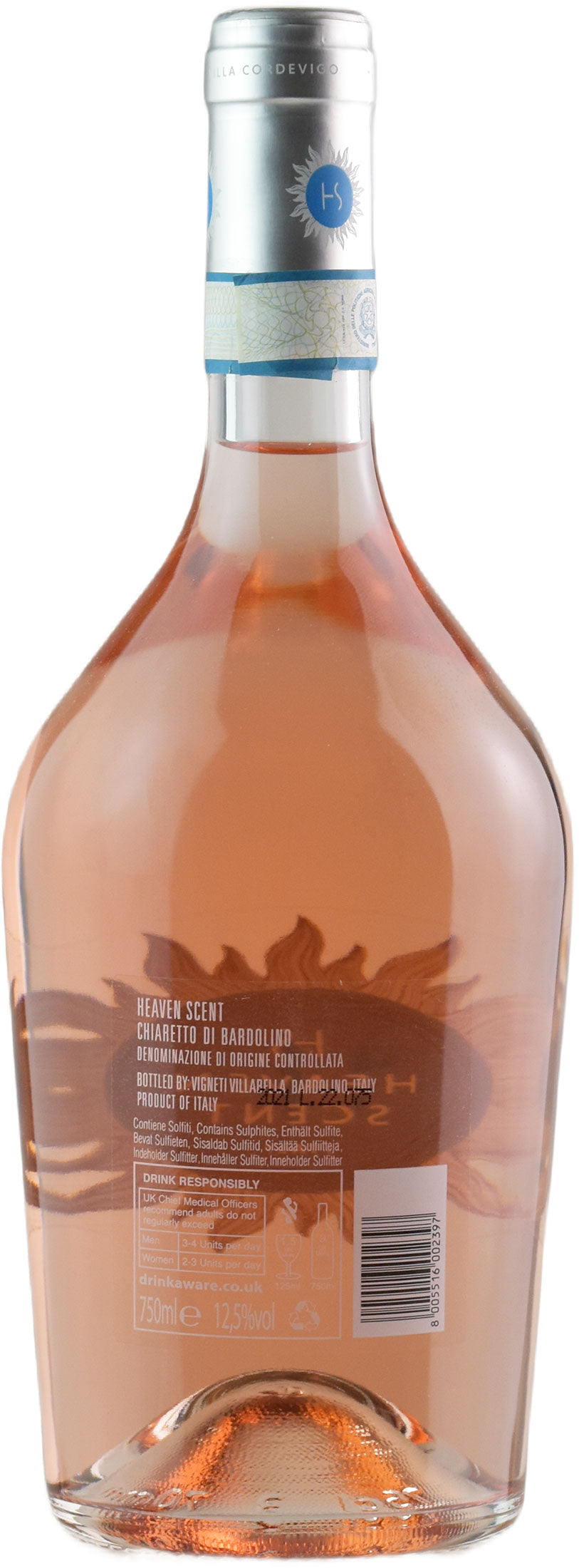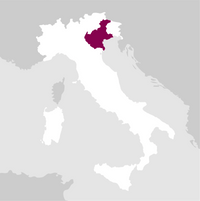Details

Perfume

Color

Taste
Serve at:
08 - 10 °C.
Longevity:
05 - 10 years

Pairings
- Start up year: 1971
- Oenologist: Tiziano Delibori, Edoardo Lessio
- Bottles produced: 600.000
- Hectares: 220
Today, Vigneti Villabella boasts some 220 hectares of vineyards, which are either owned or managed by the company.
The purchase of Villa Cordevigo at Cavaion Veronese, an eighteenth-century manor house complete with a consecrated chapel and surrounded by 100 hectares of vineyards and olive groves, represents a synthesis of the Villabella project. The objectives of this project are to preserve and promote local culture and traditions and to draw out the full intrinsic quality of the area’s vines and wines - based on respect for the land and diligent care of the vineyards - to offer consumers all over the world a selection of typically Italian high-quality wines from a unique location.
The AWC Vienna 2022 awarded the following wines:
- Fracastoro Amarone della Valpolicella DOCG Classico Riserva 2012: Gold Medal
- Valpolicella Ripasso DOC Classico Superiore 2018: Gold Medal
- Villa Cordevigo Rosso Veronese IGT 2016: Gold Medal
Vinibuoni d'Italia awarded the GOLD CROWN to the Aristeo Villa Cordevigo Bardolino DOC Classico 2018 wine. Read more


| Name | Villabella Heaven Scent Rosè 2021 |
|---|---|
| Type | Rosé still |
| Denomination | Bardolino DOC |
| Vintage | 2021 |
| Size | 0,75 l |
| Alcohol content | 12.5% by volume |
| Grape varieties | Corvina, Rondinella |
| Country | Italy |
| Region | Veneto |
| Vendor | Villabella |
| Origin | Vineyards in the area of Cordevigo and Cavaion Veronese (Verona), on the morainic hills of Lake Garda, close to Villa Cordevigo, a historical villa dating back to the 18th century. |
| Soil composition | Clayey, of morainic origin. |
| Cultivation system | Guyot. |
| Yield per hectare | 11,000 kg/hectare. |
| Harvest | End of September – beginning of October. |
| Fermentation temperature | 16 8 °C |
| Wine making | traditionally, Chiaretto is obtained by cold maceration of the must on the skins for a single night. Today, a part of the must makes just a few hours maceration, to obtain a very light colour. The skins contain the grapes’ natural colouring matter, which is thus yielded into the wine to just a limited degree. Fermentation takes place at controlled temperatures of between 16° and 18°C in order to enhance the expression of the wine’s fruity and floral aromas. |
| Aging | The wine is bottled whilst still young, and should preferably be drunk within a year of the vintage. |
| Year production | 10000 bottles |
| Allergens | Contains sulphites |




